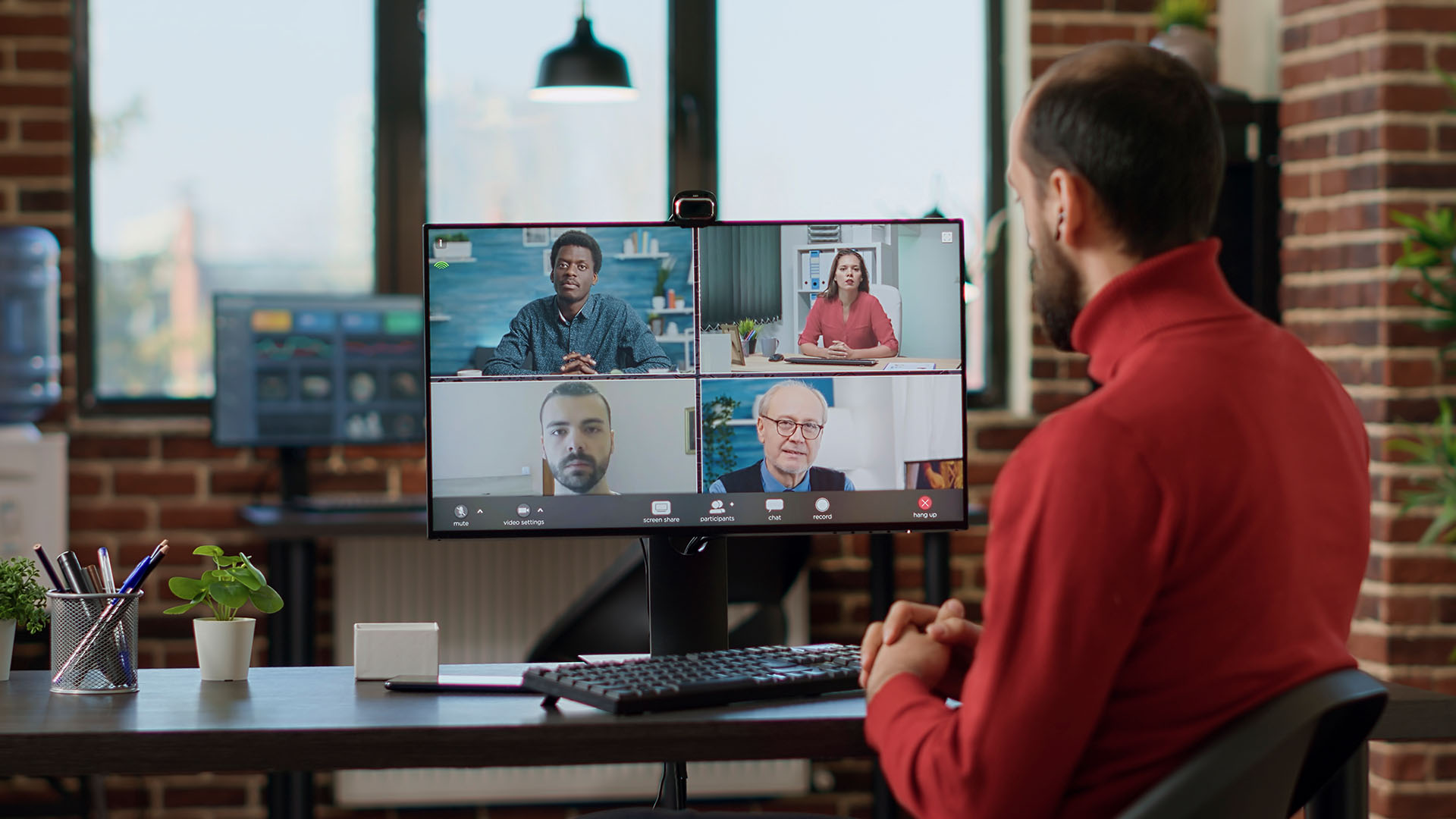The idea of a hybrid workforce is one where employees work remotely as well as from the office. This style of working has witnessed momentum in recent years. As the business scene develops, organizations are happily embracing hybrid work. By doing so, they adjust to changing conditions and address the issues of their employees. Nonetheless, this new work model came with its set of challenges that should be corrected to achieve long-term productivity for hybrid workers. In this article, we will investigate the critical challenges of the hybrid workforce and give significant tips that can be used to combat the challenges of hybrid working.
What is a Hybrid Workforce?
In a hybrid workforce, employees can pick their location of work on a particular day, given the requirements of the job for that day. They might spend specific days or hours working remotely while coming into the office for in-person training or meetings. The hybrid model has the advantages of remote work, such as increased productivity and decreased travel time. It also provides the benefits of in-person meetings and group collaboration that an office offers.
The hybrid workforce was a welcome change during the pandemic. All the conventional businesses that were on the verge of closing down because employees couldn’t get to work, opted for remote work. Work-from-home was better than no work at all. As organizations began to return to offices, they understood the upsides of an adaptable work model and the need to adjust to their employees’ changing assumptions and inclinations.
→ Recognizing the Critical Challenges of the Hybrid Workforce
-
Communication Obstacles :
One of the fundamental challenges in a hybrid workplace is keeping up with viable communication and cultivating joint effort among colleagues. With employees spread across multiple geographies, it’s significant to lay out strong channels for communication and guarantee that everybody feels associated. Companies began using technology, teamwork and project management tools and processes to communicate and work seamlessly.
-
Keeping Up Employee Well-being :
The balance between work and personal life is the main issue in a hybrid work model. Employees might find it challenging to take a break from work, resulting in burnout and reduced efficiency. To address this, organizations should promote a work-life balance to focus on employee well-being. Introducing break times, free time and flexible timetables can assist employees in achieving this balance. Investing in mental and emotional health support and introducing a culture of taking care of oneself becomes crucial.
-
Open Opportunities and Considerations :
The hybrid working culture can cause discrimination among remote and in-office employees. People working remotely may feel detached or barred from significant conversations and valuable opportunities. Organizations should find proactive ways to guarantee equal opportunities and encourage unity in a hybrid workplace. This can be accomplished by promoting transparency, guaranteeing remote employees similar resources as in-office colleagues and using virtual group building exercises.
→ Solutions To Hybrid Workforce Challenges
-
Laying Out Clear Strategies and Expectations :
Clear rules and strategies are essential for the progress of a hybrid workforce. Organizations should define remote work arrangements, including rules for accountability, response times and favored communication channels. By setting performance metrics and promoting accountability, organizations can ensure that employees are aligned with expectations, regardless of their location.
-
Focusing on Employee Well-being and Work-life Balance :
Organisations should effectively work on the balance between work and personal life. This will lead to employee well-being. This can be done by encouraging employees to take regular breaks, promoting flexible working hours and providing resources for mental health support. Making a culture that promotes and supports employee well-being adds to their satisfaction and efficiency.
-
Developing a Culture of Inclusivity and Value :
Organisations should build a comprehensive workplace where all employees, no matter what their area, feel valued and included. Transparency and equal opportunities are fundamental in this work model. It can be accomplished by giving remote employees similar equipment, resources and opportunities as their in-office colleagues. Furthermore, conducting virtual group building exercises and cultural activities can assist with strengthening bonds among the employees.
As the hybrid workforce becomes the new typical, organizations should explore the challenges that come with this work model. Firms can effectively beat these challenges and establish a flourishing hybrid workplace by focusing on employee well-being, ensuring work-life balance and encouraging inclusivity. Carrying out activities that promote transparency, setting clear guidelines and strategies and promoting worker well-being are fundamental techniques for progress in a hybrid work model. Organizations can draw motivation from those companies that embraced the hybrid workforce and worked around their challenges and obstacles.
At Infotrack Frameworks, we know and understand the challenges companies face when dealing with hybrid working and other HR processes. That is why we have created state-of-the-art tools and easy-to-understand arrangements customized to fulfill your developing business’s needs.
Infotrack Systems is a trusted leader in the industry, backed by over two decades of experience and a team of skilled professionals who understand the loops of the HCM landscape. We pride ourselves in offering cutting-edge solutions that align with the latest advancements in technology, ensuring that your business stays ahead of the curve.
Prepared to take your HCM domain higher than ever? Contact Infotrack Systems today!























